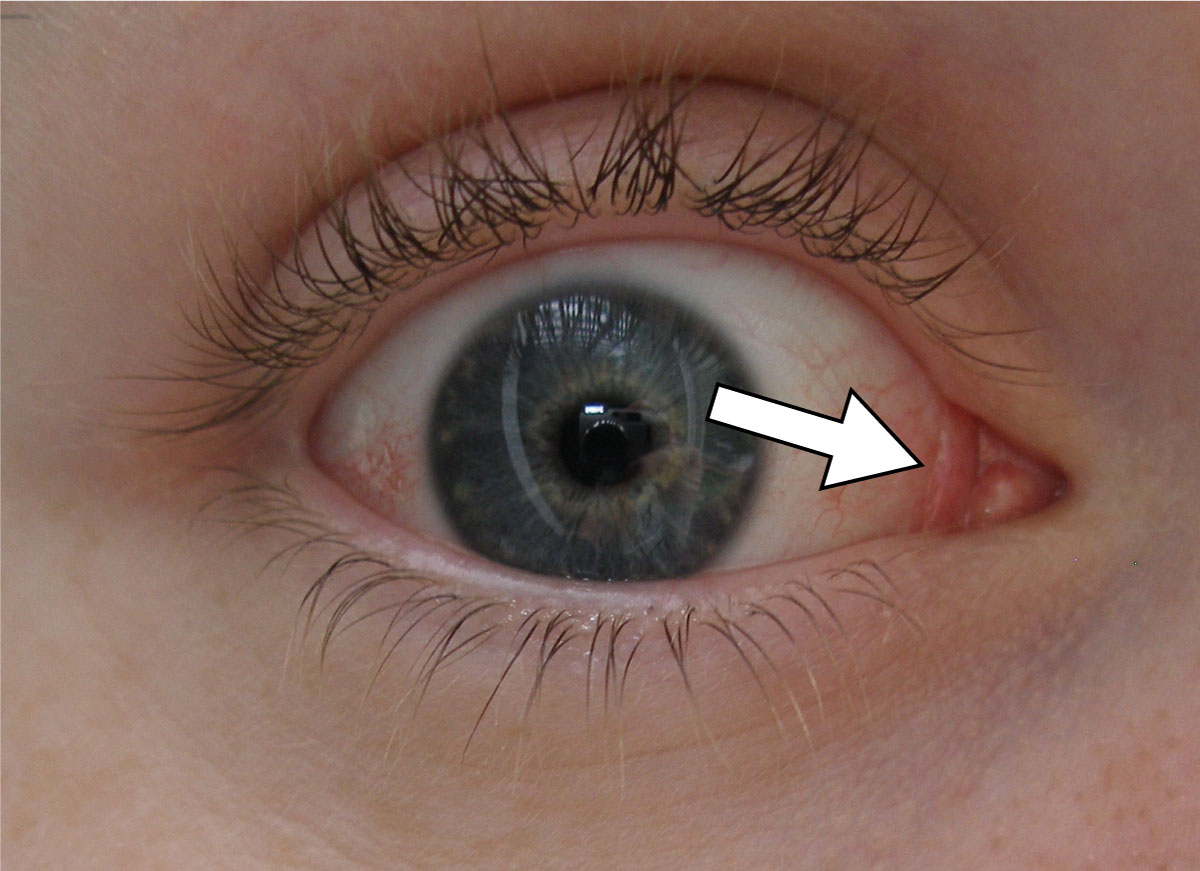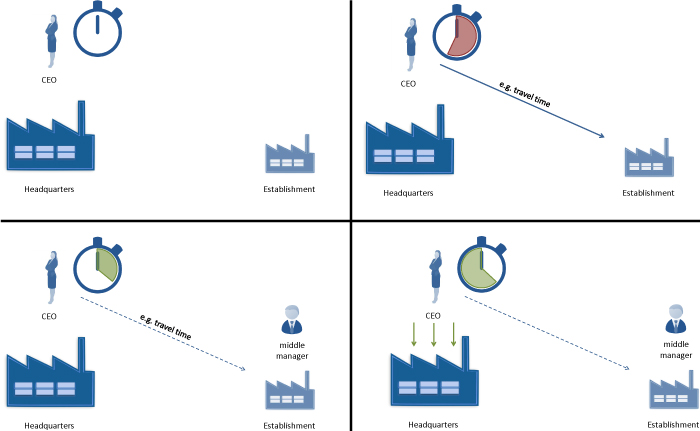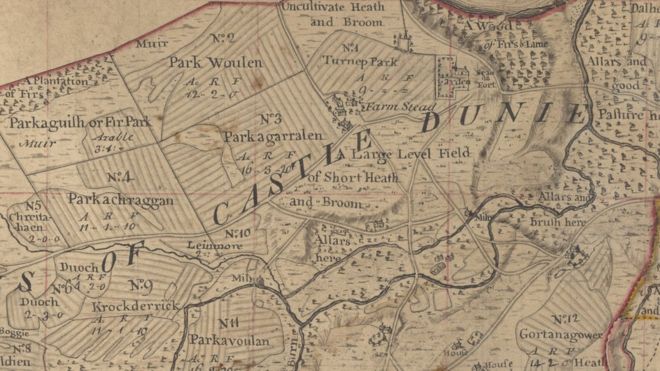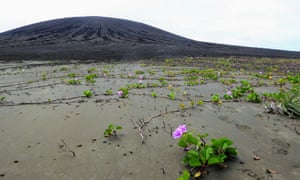Humans can make new brain cells into their 90s, scientists discover
via the
Guardian by Ian Sample, Science editor
Study may help diagnose and identify people at risk of developing Alzheimer’s much earlier
 This microscopic view shows tissue from the dentate gyrus, part of the hippocampus, of a man who died at 68. He had a healthy brain at time of death. On the picture, fresh brain cells are in red and mature ones in blue. Photograph: CSIC via Nature
This microscopic view shows tissue from the dentate gyrus, part of the hippocampus, of a man who died at 68. He had a healthy brain at time of death. On the picture, fresh brain cells are in red and mature ones in blue. Photograph: CSIC via Nature
Humans can make fresh brain cells until they are well into their 90s, but the production of new neurons falls in those with Alzheimer’s, even when the disease has recently taken hold, scientists have found.
The findings may help doctors to diagnose Alzheimer’s at an earlier stage, and identify those most at risk who may benefit from exercise and other interventions that could boost the production of new brain cells.
The work is the latest on an issue that has divided neuroscientists for decades, with some arguing humans have their full quota of brain cells by the time they reach adulthood, and others claiming fresh neurons continue to be made into old age.
Continue reading
==============================
What Fanny Mendelssohn Hensel tells us about women's music
via the OUP blog by Angela Mace Christian
 the Music Room of Fanny Hensel (nee Mendelssohn) by Julius Eduard Wilhelm Helfft, 1849. Cooper Hewitt, Smithsonian Design Museum, Public Domain via Wikimedia Commons.
the Music Room of Fanny Hensel (nee Mendelssohn) by Julius Eduard Wilhelm Helfft, 1849. Cooper Hewitt, Smithsonian Design Museum, Public Domain via Wikimedia Commons.
Everyone loves a good plot twist. And what better plot twist than finding out that a work of art, scientific discovery, or other creation was the achievement not of a well-known man, but rather a woman? Fanny Mendelssohn Hensel was a talented composer of the early 19th century who worked mostly in private. As an upper-class woman with many social responsibilities and expectations, she was not encouraged to go on to any kind of public career. Instead she hosted concerts in her Berlin, Germany home, performed music with her friends, and composed—a lot. Over 450 works, in fact.
Continue reading
==============================
Of pasta and patents
via Boing Boing by David Pescovitz
According to the
Encyclopedia of Pasta [Amazon.com], there are hundreds of pasta shapes. At Smithsonian, Elizabeth Chu and D. Lawrence Tarazano of the US Patent Office look at relatively recent machinery to crank out the floury forms.
Link here to continue reading and watch video
==============================
Pottery reveals America's first social media networks
via ResearchBuzz: Firehose: Washington University in St. Louis published on
Science Daily
Ancient Indigenous societies, including Mississippian Mound cultures, were built through social networks
Article Summary
Long before Snapchat, Instagram, Facebook and even MySpace, early Mississippian Mound cultures in America's southern Appalachian Mountains shared artistic trends and technologies across regional networks that functioned in similar ways as modern social media, suggests new research.
Continue reading
Lots of images included in the Wikipedia article
==============================
Polishing Buttercups by Paul May
via An Awfully Big Blog Adventure

Over the last couple of months I’ve developed an unexpected obsession with Enid Blyton. I think it may have started when I read Alison Uttley’s private diaries, in which she recounts a meeting with Blyton in the fish shop in Beaconsfield. These were two of the best-selling children’s authors of their day, and Blyton, of course, continues to be a best seller. She is the fourth most translated author in the world – the three ahead of her being - according to Wikipedia - Agatha Christie, Jules Verne and William Shakespeare.
By a strange coincidence Blyton and Uttley lived just a couple of miles from each other in Beaconsfield, where, in another uncanny coincidence, I also lived for a few years as a teenager. What's more, while Blyton and Uttley were meeting in the fish shop, Terry Pratchett may well have been beavering away, 'getting an education' in Beaconsfield Public Library.
Continue reading
Please do. I can highly recommend this piece.
==============================
Deep in Chislehurst Caves, the families of the Blitz built whole new lives underground
via the
New Statesman by Kate Mossman
The caves, where families slept in three-tier bunk beds or pitches, had electric lighting, a canteen, a hospital and a police station.
 The wartime hospital deep within Chislehurst Caves (with cave-dweller Jill Cheeseman on the end of the queue) CHISLEHURST CAVE
The wartime hospital deep within Chislehurst Caves (with cave-dweller Jill Cheeseman on the end of the queue) CHISLEHURST CAVE
In Chislehurst Caves, every fourth adult is given an oil lantern to light the way through miles of underground chalk and flint. It’s a surprising touch in a world tormented by health and safety: in the
New Statesman kitchen, the toaster, “a fire hazard”, has just been removed. For 87-year-old Jill Cheeseman, the smell of paraffin and sedimentary rock is exactly the same now as it was during the Second World War, when she lived down here with 15,000 others, every night for three years, and 24 hours a day for ten weeks in the Blitz.
Continue reading
==============================
A Short Analysis of the ‘Mary Had a Little Lamb’ Nursery Rhyme
via Interesting Literature by Dr Oliver Tearle
‘Mary Had a Little Lamb’ is one of the best-loved nursery rhymes in all of English literature, but its origins are somewhat different from most beloved children’s rhymes. What does this little rhyme mean? And where did it come from?
Continue reading
==============================
The human body is "full of evolutionary leftovers that no longer serve a purpose"
via Boing Boing by Mark Frauenfelder
 Image: By Exordium - Own work, CC BY-SA 3.0, Link
Image: By Exordium - Own work, CC BY-SA 3.0, Link
People have a little pink band in the inside corner of their eye. "This is the plica semilunaris," says Dorsa Amir, an evolutionary anthropologist. "It used to be a third eyelid that would blink horizontally." Amir posted a fascinating Twitter thread of other " evolutionary leftovers that no longer serve a purpose" in the human body.
Continue reading
==============================
An ant colony has memories that its individual members don't have
Just like your brain.
via the Big Think blog by Deborah M Gordon
Like a brain, an ant colony operates without central control. Each is a set of interacting individuals, either neurons or ants, using simple chemical interactions that in the aggregate generate their behaviour. People use their brains to remember. Can ant colonies do that? This question leads to another question: what is memory?
Continue reading
==============================
The German Revolution of 1918-19: democratic ancestry or subjective liberation?
via the OUP blog by Moritz Follmer
 Bundesarchiv Bild 146-1972-029-03, Rätezeit by Unknown. Public domain via Wikimedia Commons.
Bundesarchiv Bild 146-1972-029-03, Rätezeit by Unknown. Public domain via Wikimedia Commons.
On 9 November 1918 in central Berlin, Philipp Scheidemann, a leading moderate Social Democrat, and Karl Liebknecht, an antimilitaristic renegade who was soon to co-found the Communist Party, announced the end of the German Empire and the beginning of a new political era. Both tried to give direction to a revolution that had begun as a protest movement against the war and the attempts by some officers to continue fighting in the face of defeat. However, both politicians’ speeches attest to the difficult heritage which the revolution bequeathed to Social Democrats and Communists. From a balcony of the Reichstag, Scheidemann hailed a resounding victory for the German people, while also admonishing them to maintain “quiet, order, and safety” and respect the “ordinances” and “proclamations” issued by the new authorities. Such statements came back to haunt his party, for it has often been faulted for containing popular unrest rather than marshalling it for social transformation. Liebknecht confidently proclaimed “the new socialist freedom of workers and soldiers”, which later earned him a place among the German Democratic Republic’s venerated ancestors. Yet, the religious language in which he evoked the “ghosts” of countless victims of total war and proletarian struggle marching past the Berlin Palace always sat oddly with a system based on “scientific” Marxism-Leninism.
Continue reading

























:focal(1180x787:1181x788)/https://public-media.si-cdn.com/filer/d9/25/d9256006-9678-4065-9cb2-5401c0ff76fb/190722_citizens_526_final23.jpg)
